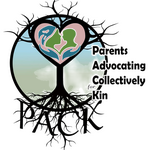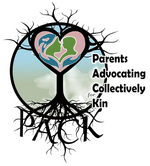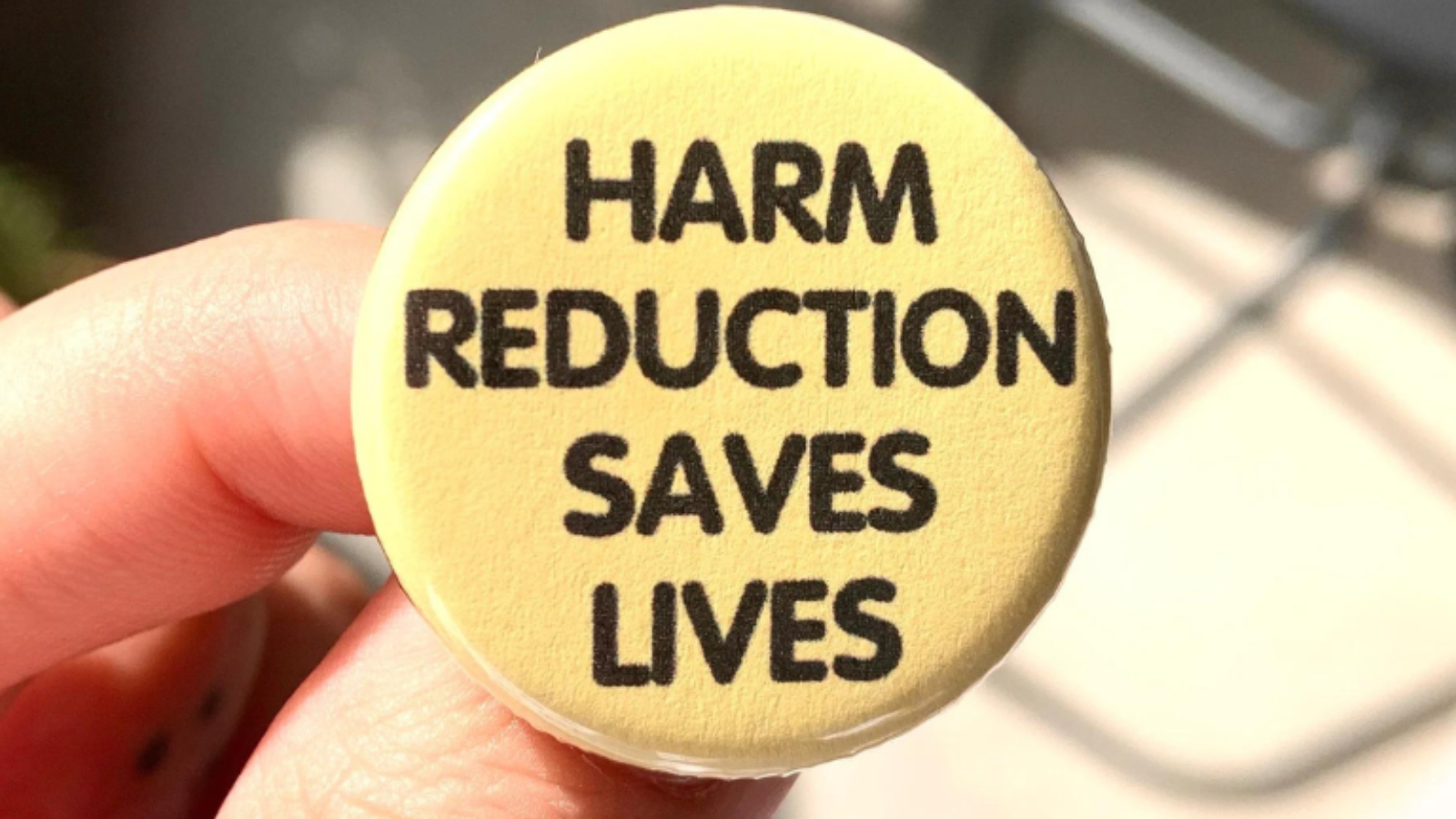The perinatal period is a crucial window of opportunity for positive change, marked by a unique motivation for parents to enhance their well-being not just for themselves, but for their unborn child. However, the pervasive stigma around substance use poses significant challenges for pregnant individuals, hindering their access to support and care. In this blog post, we will explore the concept of perinatal harm reduction as a compassionate and effective approach for healthcare providers to support parents navigating substance use during pregnancy.
Understanding the Barriers
Overdose has emerged as a leading cause of death during the perinatal period, with stigma amplifying the risks by compelling individuals to conceal their substance use, preventing timely responses to potential overdoses. The fear of punitive interventions and societal stigma also acts as a barrier to prenatal care and substance use disorder treatment. In addressing these challenges, healthcare providers play a pivotal role in providing respectful and effective harm reduction strategies.
The Essence of Perinatal Harm Reduction
Perinatal harm reduction is rooted in the fundamental principle of reducing harm and promoting joy during the perinatal journey. The National Harm Reduction Coalition defines it as a set of practical strategies aimed at minimizing the negative consequences associated with drug use, underpinned by a commitment to social justice and respect for the rights of individuals who use drugs. This approach is a framework that recognizes the strength and vulnerability of those seeking help.
Embracing Empathy and Evidence-Based Care
Harm reduction practices have a long history of effectiveness and social justice. The movement was conceived by people who use drugs and has evolved into mainstream health and social services. It includes interventions such as naloxone distribution, syringe services programs, medications for opioid use disorder, and bloodborne infection testing.
In the realm of perinatal healthcare, harm reduction involves supporting pregnant individuals with substance use concerns through a lens of empathy, creativity, and evidence-based, family-centered care. The goal is not just abstinence but also includes options like decreased use, safer use, or achieving unrelated goals such as stable housing or employment.
Navigating Perinatal Harm Reduction
Perinatal harm reduction recognizes the autonomy of pregnant individuals and aims to foster therapeutic relationships. The approach may involve setting achievable goals, such as switching to safer methods of substance use or reducing use frequency. Importantly, harm reduction acknowledges that sustained abstinence may not be immediately achievable for everyone.
Conclusion
Perinatal harm reduction is a beacon of compassion and understanding in maternal healthcare. It acknowledges the challenges faced by pregnant individuals with substance use concerns and offers a pathway for positive change. By embracing harm reduction, healthcare providers can empower parents to navigate their unique journeys with dignity, resilience, and the motivation to make positive choices for themselves and their children. It’s a call to shift the narrative from judgment to support, recognizing the strength it takes to seek help and the potential for transformation during the perinatal period.



Add a Comment